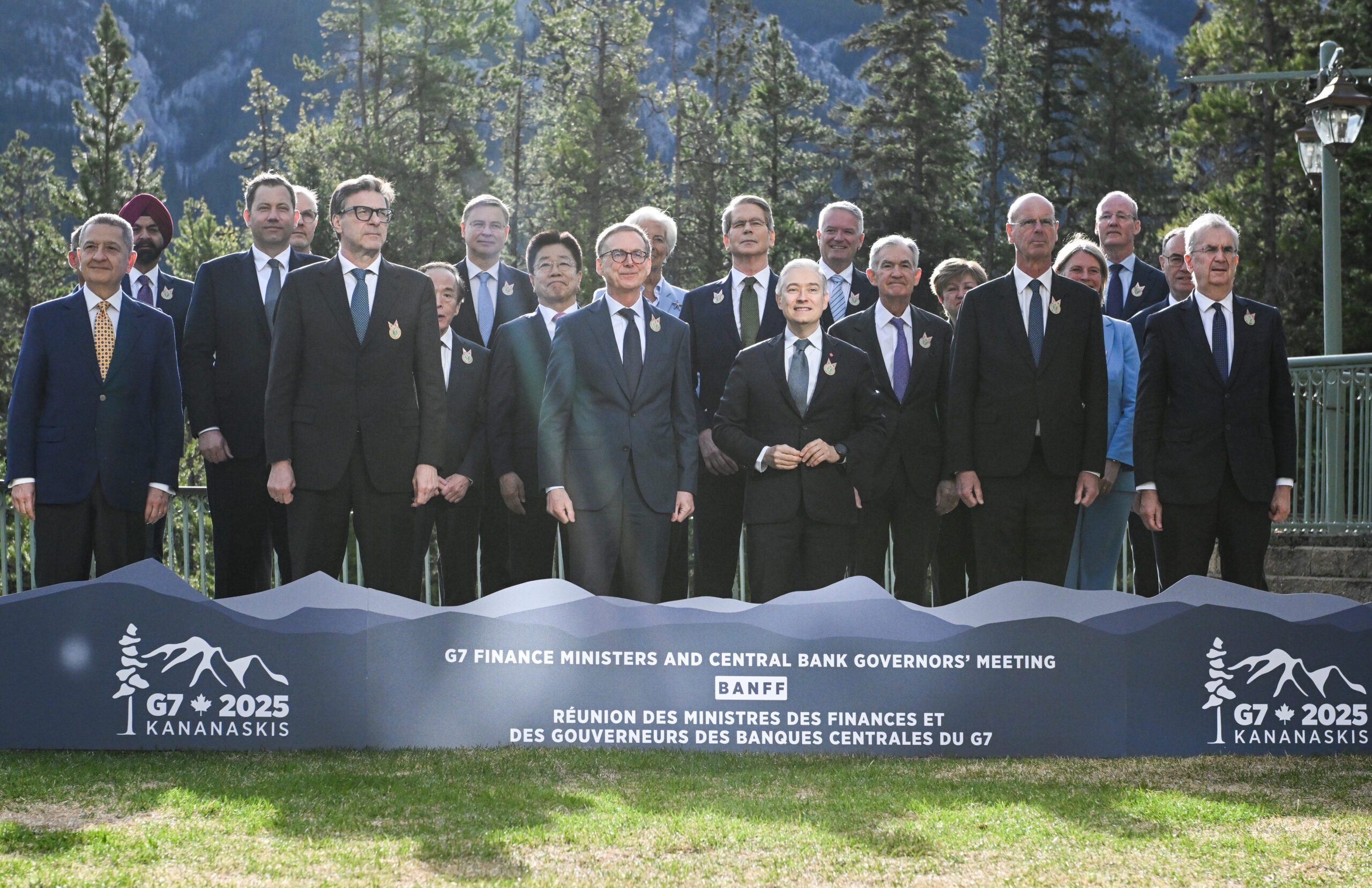
In a major escalation reflecting the US administration’s tough stance on the Ukraine conflict, the United States pushed for a new set of economic measures during the G7 summit, including tariffs up to 100% on China and India for continuing to purchase Russian oil. President Donald Trump told Fox News that his patience with Russian President Vladimir Putin is running out, hinting at broader sanctions targeting Russian banks, energy, and shipping networks. These measures aim to economically isolate Russia and force political concessions if the Kremlin shows no serious willingness to negotiate.
Proposed Tariffs and Asset Seizures
US Treasury officials and the Trade Representative are pressing for a legal framework to seize frozen Russian sovereign assets worth approximately $300 billion, mostly held in European banks, with potential use for funding Ukraine’s defense. The proposal also targets companies supplying components to Russia’s military-industrial complex and the so-called “shadow fleet” of oil tankers circumventing export price caps. Legal experts warn that such a move is unprecedented in international finance and could trigger prolonged litigation from Moscow, yet it would bolster Kyiv’s financial resilience US Military Exercise.
Canada and G7 Coordination
Canada, holding the G7 presidency, hosted an emergency meeting of finance ministers to discuss additional economic measures against Russia. Ministers considered a wide range of punitive tariffs for countries aiding Russia militarily or economically, aiming to undermine Moscow’s war capabilities. Treasury Secretary Scott Bessent emphasized international responsibility, calling for allies to join the US in sanctioning enablers of Russian military operations. Trade Representative Jameson Greer warned that any laxity would prolong the conflict and increase global economic costs G7 Summit Updates.
European Challenges
Despite initial political support from some European capitals, the passage of these measures faces resistance within the EU. Countries like Hungary oppose harsher energy sanctions due to potential spikes in gas, electricity, and industrial production costs. Analysts suggest that tariffs on China and India could ignite trade tensions with two of Asia’s largest economies, disrupting global supply chains while European economies struggle with slow growth and high inflation. European companies fear retaliation from Beijing or New Delhi, exacerbating pressures on sectors such as automotive and industrial machinery EU Trade Watch.
Market Reactions and Energy Prices
Markets reacted quickly to leaked details of the US proposal. Brent crude rose by 0.8%, closing near $92 per barrel, while the euro hit a session low of 1.1734 before partially recovering. Energy analysts indicate that stricter sanctions will reduce global oil supplies, potentially pushing prices higher in Q4, adding inflationary pressures on energy-importing economies. Macroeconomists predict that such developments could constrain central banks, including the Federal Reserve and European Central Bank, from continuing easing policies, extending the period of high interest rates and prompting investors to reassess risk in debt markets Global Oil Prices.
Strategic Implications for Global Trade
Targeting China and India with secondary tariffs ranging from 50% to 100% could reshape global trade alliances. These measures may push Beijing closer to Moscow in energy and technology cooperation. Restrictions on Russia’s shadow fleet would increase shipping costs, forcing Russia to offer bigger discounts to Asian clients, reducing oil revenue and putting pressure on the federal budget. If the US secures allied support, this could pave the way for staged sanctions targeting Russian regional banks, dual-use technologies, and AI-driven financial services, deepening Russia’s isolation from the global financial system US-Russia Economic Tensions.
Expert Perspectives
Economists and policy analysts argue that the proposed measures, while aggressive, reflect a strategic attempt to maximize pressure on Moscow while signaling to the global market the seriousness of US intentions. By combining tariffs, asset seizures, and targeted sanctions, Washington aims to create multiple economic chokepoints that could limit Russia’s ability to sustain military operations. Analysts also note the potential for retaliatory actions, emphasizing the delicate balancing act required to maintain international consensus International Sanctions Watch.
Conclusion and Analysis
The US escalation against Russia marks a pivotal moment in the economic war over Ukraine. By implementing high tariffs, targeting the shadow fleet, and seeking to seize sovereign assets, Washington aims to weaken Russia’s financial and logistical capacity. While the measures are likely to face European and Asian resistance, the strategic intent is clear: isolate Moscow economically, pressure it politically, and reinforce Ukraine’s defense capabilities.
The proposed US sanctions demonstrate a multi-faceted approach to economic warfare, combining legal, trade, and financial instruments. These actions reflect the Trump administration’s hardline policy and could redefine global trade patterns if implemented fully.




